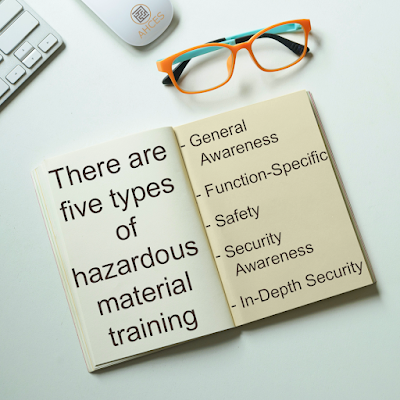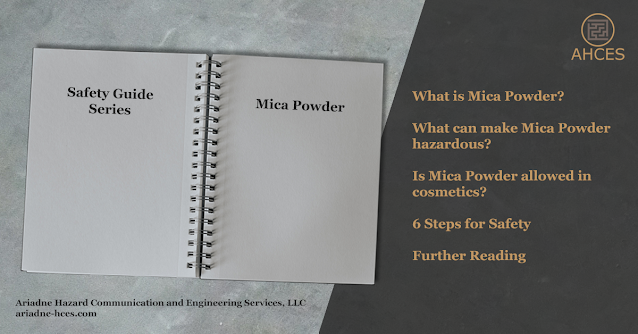Hazardous Material Training - What to Know Before You Ship
What is Hazardous Material Training?
The Pipeline and Hazardous Materials Safety Administration (PHMSA), part of the Department of Transportation, has established regulations for the classification, packaging, and communication of hazardous materials as the hazards pertain to transportation. These regulations are called the Hazardous Materials Regulations (HMR). Part of the HMR is training requirements that must be met by any persons who perform tasks related to the transportation of hazardous materials. The hazardous material training requirements are outlined in 49 CFR 172.704.
Who Needs Hazardous Material Training?
All hazmat employees require some form of training. The hazmat employee definition can be found at 49 CFR 171.8 “Hazmat employee”.
The definition of a hazmat employee in simpler terms is anyone who does work involving transporting hazardous materials. This includes full-time workers, part-time workers, and self-employed people who prepare hazardous goods for shipment, drive the vehicle transporting the hazardous goods, or are responsible for the safe transportation of the hazardous goods.
There are many types of materials that are considered hazardous for transportation. This includes aerosol cans, electronics containing lithium batteries, and many pesticides.
The Five Categories of DOT Hazardous Material Training
General Awareness Training
General Awareness Training is a basic overview of what the HMR is and what the regulations cover. This includes what the training requirements are and what each section of the HMR includes. This training is required for all hazmat employees.
Function-Specific Training
Function-Specific Training will vary depending on what the hazmat employee's job duties are. This training can include how to classify hazardous materials, marking and labeling instructions, or the requirement for a specific mode of transportation, such as aircraft.
Safety Training
Safety Training includes the requirements for emergency response information, measures to protect employees against the hazards associated with hazardous materials present, and procedures for avoiding accidents such as proper procedures for handling packages containing hazardous materials. The specifics covered in this training will vary depending on the hazardous materials present.
This training can also overlap with OSHA hazardous chemical training.
Security Awareness Training
Security Awareness Training is an introduction to the security threats that are generated by the transportation of hazardous material and must include material on the recognition and response to possible security threats. This training is required for all hazmat employees.
In-Depth Security Training
In-Depth Security Training is required when a Hazardous Materials Security Plan is needed in accordance with Subpart I. Hazmat employees must receive additional security training which includes employer security objectives, organization security structure, and the specific security procedures, duties, and responsibilities for an employee's job role.
Training Schedule
A hazmat employee, either at the time of hiring or when changing job duties necessitates, must receive the required training. Training may be provided prior to starting their job duties. Alternatively, job duties may be performed provided the employee is under the direct supervision of a properly trained and knowledgeable hazmat employee and required training is completed within 90 days of the start date.
The required training must be renewed at least once every three years. For the in-depth security training, if the security plan is revised, training must be renewed within 90 days from the revision and is otherwise on the same three-year renewal requirement.
Learn more about PHMSA Requirements
AHCES has a resource page for PHMSA requirements. Check out the Guide to Hazmat Shipping for Small Businesses for more pages like this, with overviews on topics ranging from Hazmat Marking to the different DOT Shipping Classes.






Comments
Post a Comment